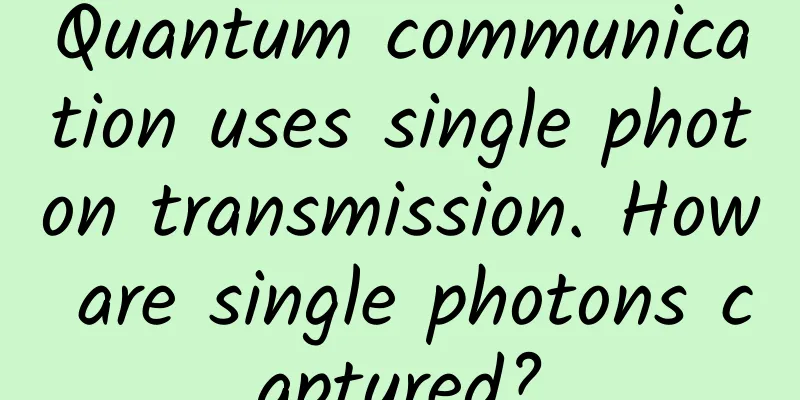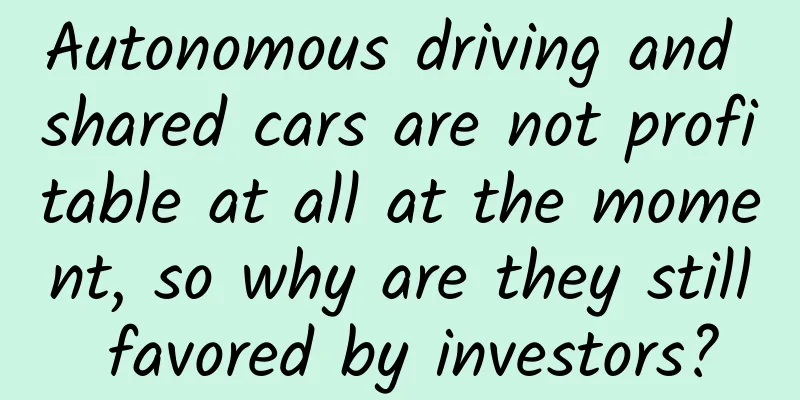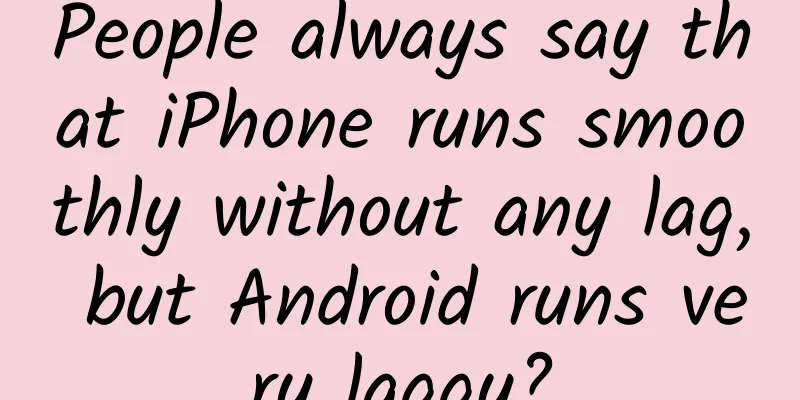Quantum communication uses single photon transmission. How are single photons captured?

|
Quantum communication is booming in China, especially a scientist named Pan Jianwei, who led his team to achieve breakthroughs one after another and is at the forefront of the world. Some people cheered, while others opposed and ridiculed. Those who oppose it mainly say that quantum communication is nonsense, a concept that is impossible to achieve. The biggest doubt is the emission and reception of single photons. They believe that photons are the smallest things in the world, and no one knows how small they are. How can humans catch a photon and emit it? But the fact is that quantum communication really relies on the transmission of single photons, which can achieve unbreakable confidentiality. But this single photon is not what some people imagine based on common sense, that is, catching it one by one like catching beans and then launching it through some kind of slingshot device. The three core technologies of quantum communication are: single photon source technology, quantum coding and transmission technology, and photon detection technology. The most important of these is to "catch" a single photon and transmit it. How is this achieved? Let's share. First, let’s talk about what photons are. Photon is the abbreviation of light quantum, which is the medium for transmitting electromagnetic interaction and a fundamental particle with the properties of a standard boson. The concept of light quantum was first proposed by Einstein in 1905 and formally named by American physical chemist Gilbert Lewis in 1926. In 1901, German physicist Planck discovered that matter emits and absorbs energy discontinuously. He proposed the hypothesis that energy is emitted in pieces by energy quanta, and calculated the minimum energy constant, which is called Planck's constant. This is the pioneering work of quantum mechanics. Inspired by Planck's quantum theory, Einstein published a paper entitled "A Tentative Viewpoint on the Generation and Transformation of Light" in 1905. He believed that light, like atomic electrons, also has particle properties. He proposed the "light quantum" theory, perfectly explained the photoelectric effect, and established the law of photoelectric effect, for which he won the 1921 Nobel Prize in Physics. Photons have the characteristics common to all elementary particles, namely, wave-particle duality, propagating in the form of waves, and are emitted discontinuously one by one. Photons move at a vacuum speed of about 300,000 kilometers per second as soon as they are born, and they never stop, so they have no rest mass, but have momentum. The energy of each photon is: E=hv=hc/λ, that is, energy E is equal to Planck's constant multiplied by frequency. Planck's constant is approximately equal to 6.626*10^-34 J/s (joules per second); the momentum of each photon is: p=E/c=h/λ. In these formulas, λ represents wavelength, c represents the speed of light, v represents frequency, E represents energy, and p represents momentum. From this we can see that the energy of various photons is different. The shorter the wavelength and the higher the frequency, the stronger the energy of the photon, and vice versa. Photons are the most numerous existence in the universe. Whether it is day or night, we are surrounded by photons. If we clap our hands casually, countless photons will hit our palms and backs of our hands. We humans experience the world entirely through electromagnetic waves, also known as electromagnetic interaction forces, and photons are the medium for the transmission of electromagnetic waves, so electromagnetic waves can also be said to be the general term for light waves. Electromagnetic waves are divided into radio waves, infrared rays, visible light, ultraviolet rays, X-rays, and gamma rays from long to short wavelengths. Of these "light waves", the human eye can only see the visible light part, and the "light waves" of other bands and frequencies can only be detected by instruments. The wavelength of electromagnetic waves ranges from several kilometers to 10^-30 meters (less than one billionth of a meter). Radio waves (including long waves, medium waves, short waves, and microwaves) are the longest, with the lowest frequency and the weakest energy; gamma rays have the shortest wavelength, the highest frequency, and the strongest energy. The speed of electromagnetic waves is the speed of light, so the relationship between wavelength and frequency follows the formula: λ=c/v or v=c/λ. How to "catch" a photon Photons are extremely small and there are many of them. A 10-watt light bulb emits about 10J/s of energy. If this 10J of energy is all in the visible light band, its wavelength is approximately between 380 and 760nm. We take an average value of 570nm. According to the previous formula, we can calculate that the energy of each photon is about 3.5*10^-19J. A 10J light bulb emits about 2.86*10^19 photons per second, which is 28.6 quadrillion photons. Light itself carries energy, so optical communication has long been a common method. However, the biggest difference between so-called quantum communication and conventional communication is that it is safer and uses single-photon transmission. The ideal single-photon source is one that contains only one photon in each pulse. As mentioned before, any beam of light has countless photons. How do scientists divide so many photons into individual ones and distribute them? This requires a machine to create a single photon source. It is not difficult to create a single photon source with modern technology, but the difficulty lies in high-quality and high-efficiency single photon sources. Theoretically, as long as a light pulse of a given energy is continuously attenuated, a so-called single-photon source can be obtained. For example, in a pulsating laser, the energy of each pulse is fixed. If we know the photon energy of a given wavelength or frequency, we can calculate the number of photons emitted by each pulse. By using an attenuator to attenuate the light beam by a sufficient number of times, we can reach the number of photons required for each pulse. For example, a certain pulse laser transmitter originally emits 1 million photons per pulse. If this light beam is attenuated 10 million times, the average number of photons emitted by each pulse will be only 0.1. In other words, one pulse out of 10 pulses may have 1 photon, and the other 9 pulses will have no photons. In this way, the pulse laser becomes a single photon source. Theoretically, this method can further dilute the number of photons, such as by 100 million times or even 1 billion times. In this way, the phenomenon of 2 photons may occur once in 100 or even 1,000 pulses, which seems to greatly improve the single photon acquisition rate. At present, most of the single-photon sources in the laboratory use this method. However, the number of photons in this single-photon source follows the Poisson distribution, and strictly speaking, it is difficult to achieve high-efficiency single-photon pulses. Because this random process is not subject to human will, sometimes one pulse contains two photons, which reduces the controllability and security of quantum communication. The greater the attenuation multiple, the higher the probability of obtaining a single photon, but the more empty pulses without photons there are, the lower the efficiency. Therefore, this fool-proof accuracy improvement runs counter to efficiency. Therefore, a perfect single-photon source needs to simultaneously meet deterministic polarization, high purity, high homogeneity and high efficiency. These are four almost contradictory and stringent conditions. Solving this contradiction is the technical difficulty. As a result, scientists have developed many methods to obtain single-photon sources, among which quantum dot single-photon source is currently a more advanced method. This method allows quantum dots to stably emit a single photon stream. Compared with other single-photon sources, quantum dot single-photon sources have higher oscillator strength, narrower spectral line width, and no photofading. This single-photon source technology was developed by Stanford University in the United States in 2001, which greatly reduces the possibility of generating a second photon. In 2002, Toshiba and Cambridge University cooperated to use quantum dot structured LEDs to achieve electrically injected single-photon emission. In 2007, the Institute of Semiconductors of the Chinese Academy of Sciences successfully achieved quantum dot single-photon emission. At present, my country has taken the lead in the world in single-photon emission of quantum dots. The team of USTC, led by Academician Pan Jianwei, pioneered the point pulse resonance excitation technology, which fundamentally eliminated the coherence effect of quantum dot excitons. With this technology, compared with the previous one-ten-thousandth excitation power, it is possible to generate high-quality single photons with a purity of 99.5%, which is internationally recognized as a powerful tool for preparing high-quality single photons. As a general popular science, I will not list too many complicated professional terms here. Friends who are interested can search for relevant information on Baidu. In addition to preparing single photons, quantum communication also has many complex technologies These technologies include single photon encoding and transmission problems, photon detection and reception problems, etc. For example, single-photon coding involves whether to use polarization or phase, whether to use a polarizer or a half-wave plate, various interferometers, how to deal with the losses caused by the encoding process, etc. Is long-distance transmission done by optical fiber or wireless transmission over air? How far can it be transmitted? What method is used for relaying? How is the signal maintained or amplified? What method is used to achieve quantum key distribution and quantum teleportation? How to solve the problems of security and signal attenuation during transmission? At the receiving terminal, there must be an accurate and efficient single-photon detection and receiving device, that is, it can respond sensitively to receiving one photon. This does not seem to be difficult to do, because human eyes can be sensitive to light with only 10 photons, and frogs' eyes are said to be able to see a single photon. What is more difficult is that this detector must be able to respond to the appropriate wavelength range and react efficiently to achieve efficient communication in a high-noise environment. China has made breakthroughs in these areas. For example, the team led by Academician Guo Guangcan of the University of Science and Technology of China, in collaboration with Professor Markus Huber of Austria, successfully achieved high-dimensional quantum communication in a high-noise environment; the scientific team headed by Pan Jianwei built the world's first satellite-to-ground quantum communication network, achieving satellite-to-ground quantum key distribution across 4,600 kilometers. In 2019, researchers at the University of Padua in Italy achieved ultra-long-distance single-photon exchange transmission of more than 20,000 kilometers, setting a new world record. This also confirmed the feasibility of implementing micro-quantum communications on a global scale. From the above introduction, it can be seen that quantum communication has long been pushed from the laboratory to social application. If you still insist that quantum communication is fake, it is selective blindness and lying with open eyes. Here I would like to add that quantum communication is based on the BB84 protocol developed by American scientists in 1984, the improved BBM92, and the MDI-QKD protocol formed in 2012. It is an internationally common quantum key distribution protocol. Its main purpose is to use the uncertainty principle of quantum mechanics and quantum non-cloning, use the polarization state of photons as an information carrier to transmit keys, and increase the distance of secure communication. Therefore, quantum communication has nothing to do with the weird effects of quantum entanglement and superluminal transmission. If someone deliberately promotes and misleads from this aspect and mystifies quantum communication, it will be suspected of pseudoscience. What do you think about this? Welcome to discuss, thank you for reading. The copyright of Space-Time Communication is original. Infringement and plagiarism are unethical behavior. Please understand and cooperate. |
Recommend
AARRR model of user growth!
User growth is essentially a precise, low-cost an...
Developing rockets and satellites and training astronauts, what is the potential for Russian-North Korean space cooperation?
Recently, Russian officials said that the Russian...
Can seeds be rolled like this? With its own "motor" and "drill", it formulates a "priority germination" strategy...
We all know that it is difficult for plants to gr...
How to operate activities? These 7 creative ideas give you the answer
Marketing and promotion is an area of knowledge...
36 Rules for Brand Operations on Xiaohongshu
Logically speaking, brands have to pursue more. T...
Cold start operation skills of Douyin account
“It’s hard to create a new Douyin account now!” R...
Soul advertising, Soul advertising forms
Although the top promotion platforms are now famo...
Intel is the foundry for Chinese chips. Domestic CPUs are rising and competing with Qualcomm
On February 27, Spreadtrum Communications announc...
What is the origin of the popular Tarzan "robot dog"? Netizen: I have a bold idea...
recently On the mountain road in Mount Tai scenic...
Apple lacks innovation capabilities. Didn’t Cook inherit the essence from Jobs?
During the Steve Jobs era, Apple phones have alwa...
A group of people are sitting in a small boat watching whales. Won’t the whales be annoyed?
With the relaxation of travel after the epidemic,...
The operation of content platform products from Kuaishou
But a product with more than 200 million DAU can ...
Looking back at 10 years of LCD TVs: How did they kill plasma?
For those born in the 1980s and even the 1990s, t...
How much does it cost to customize a gaming device applet in Xingtai?
The factors affecting the quotation of Xingtai ga...









